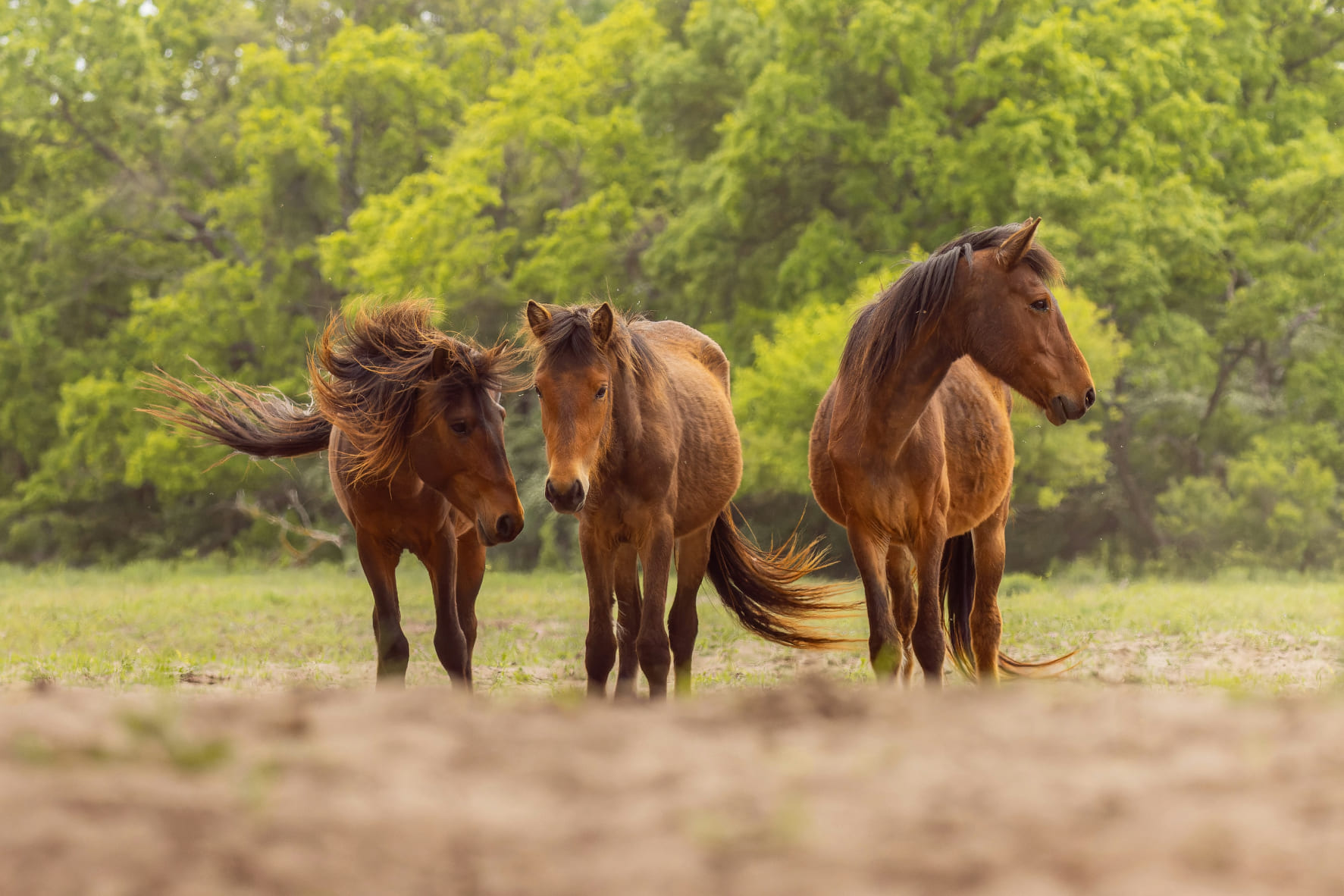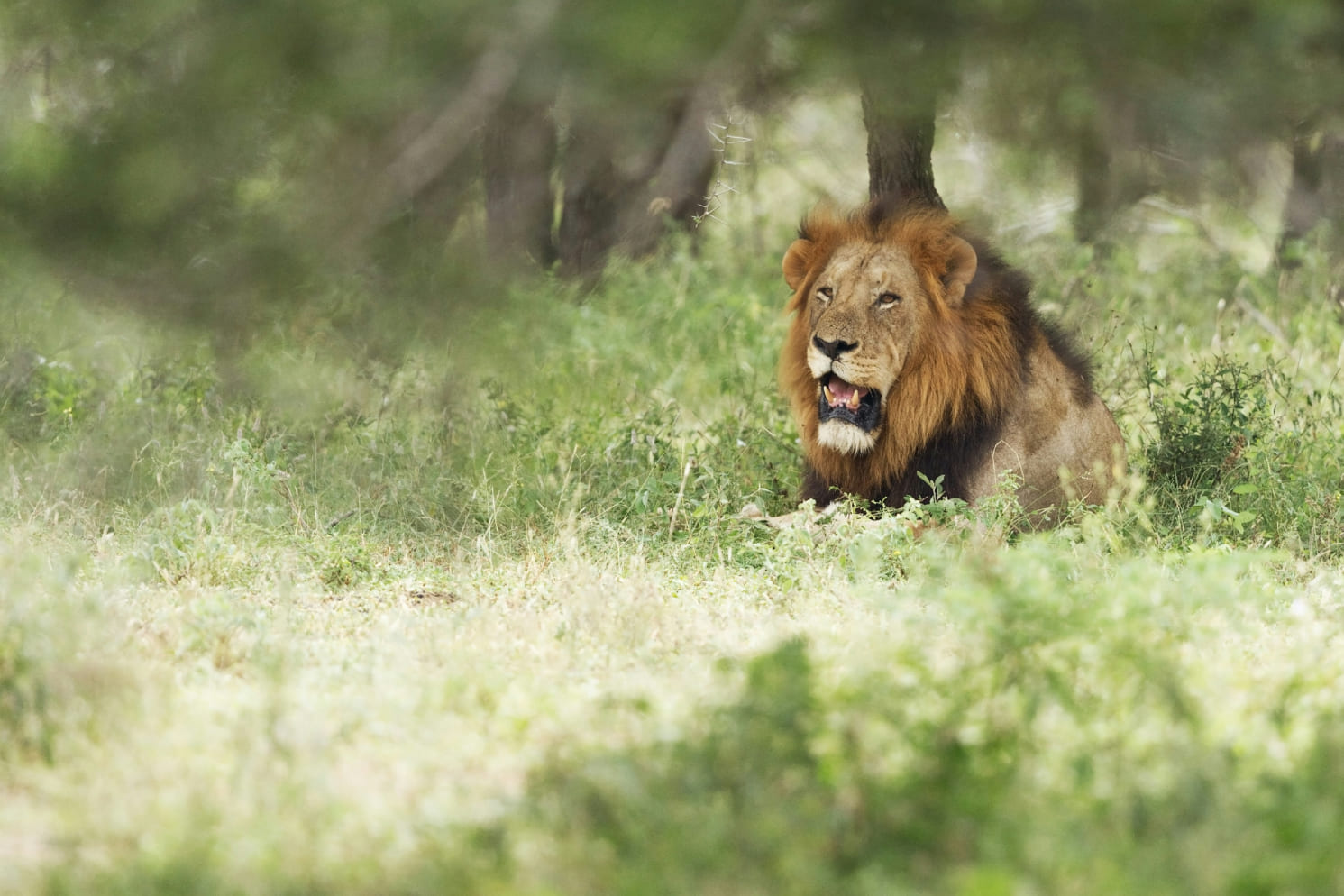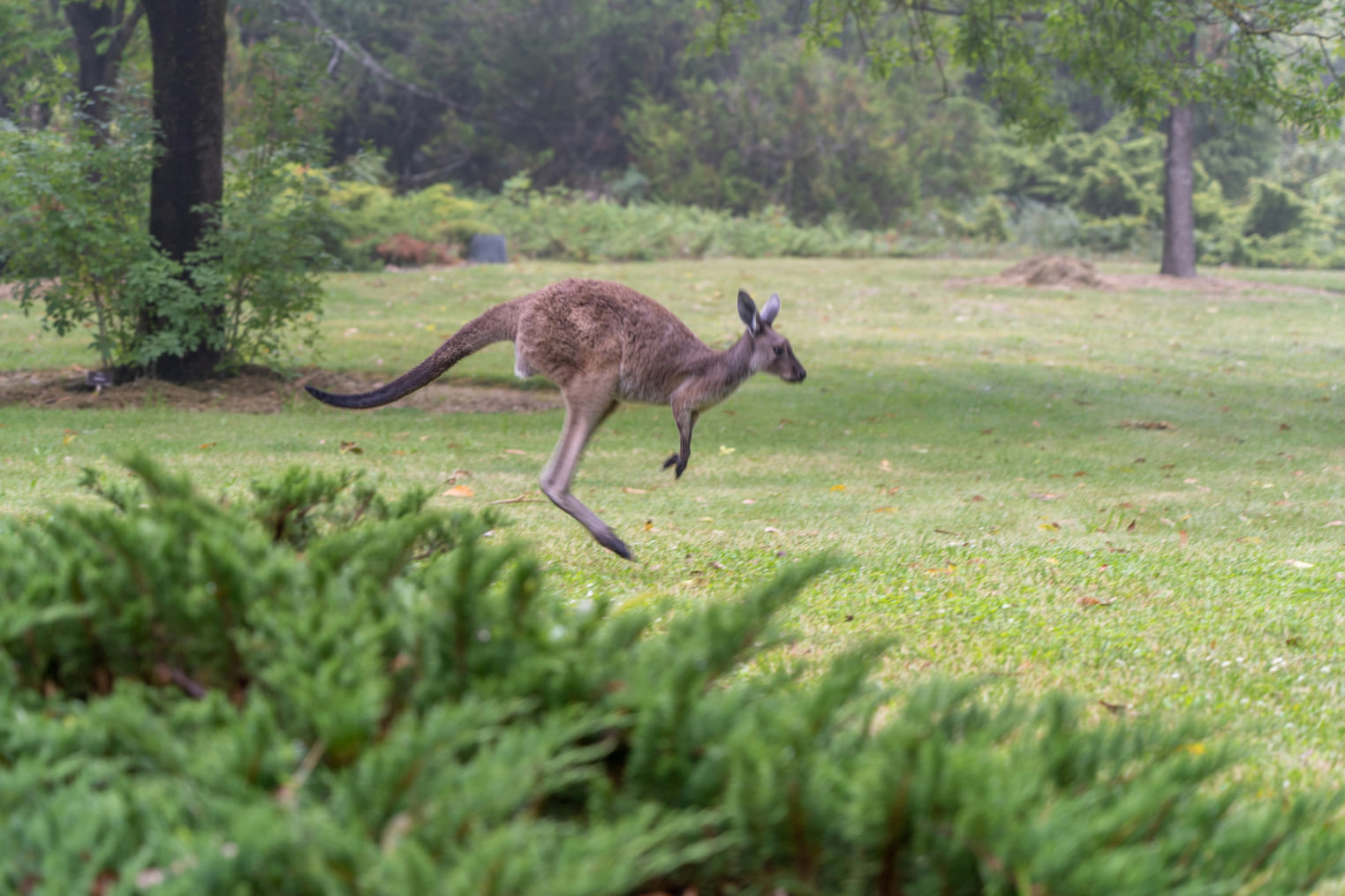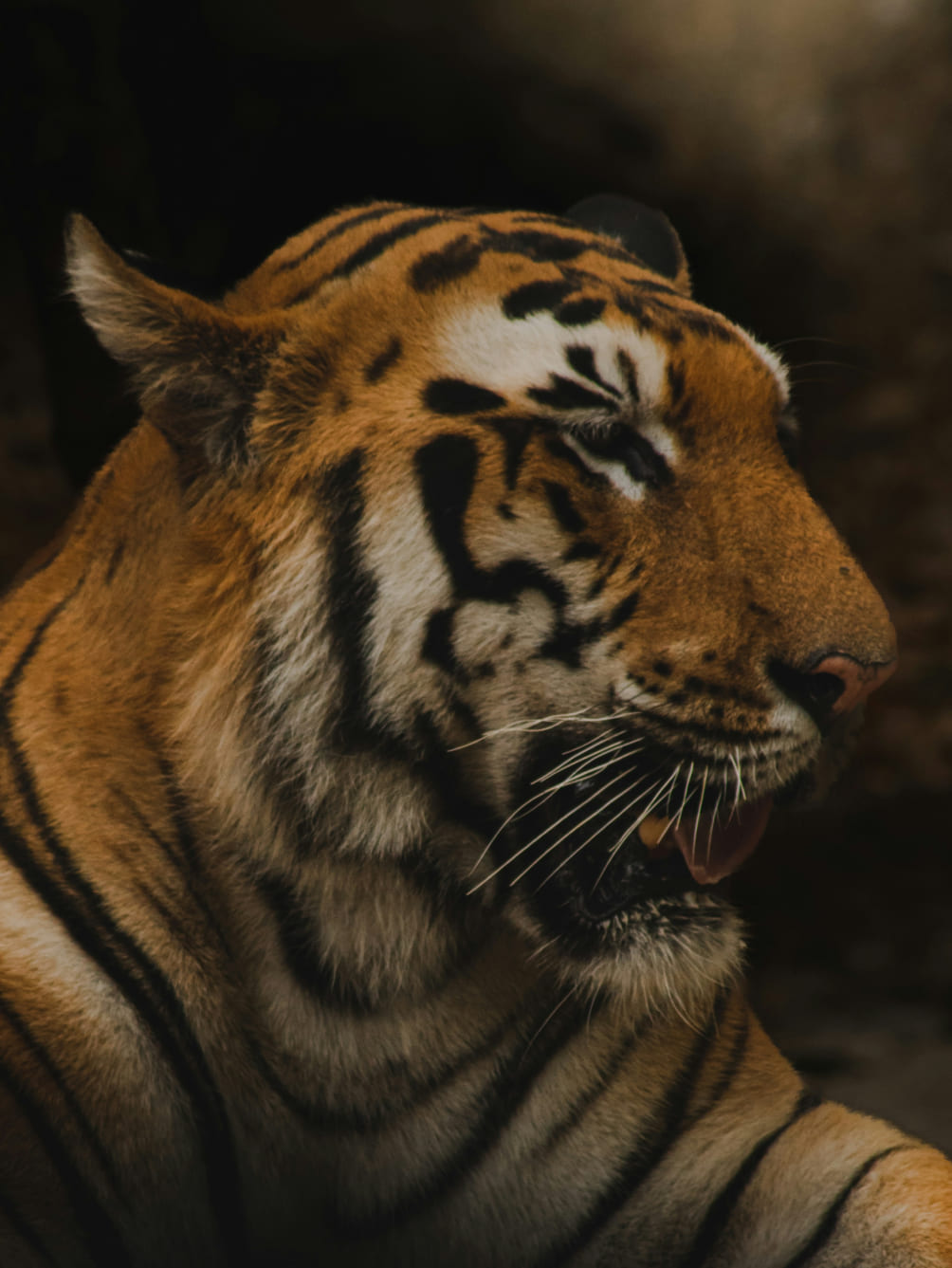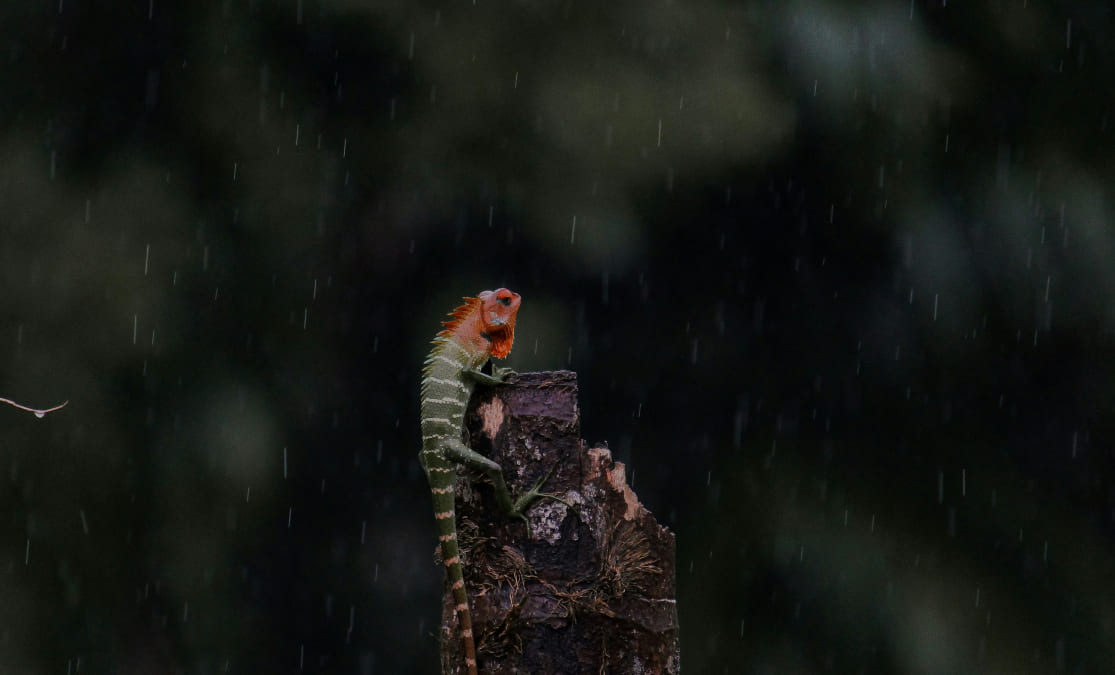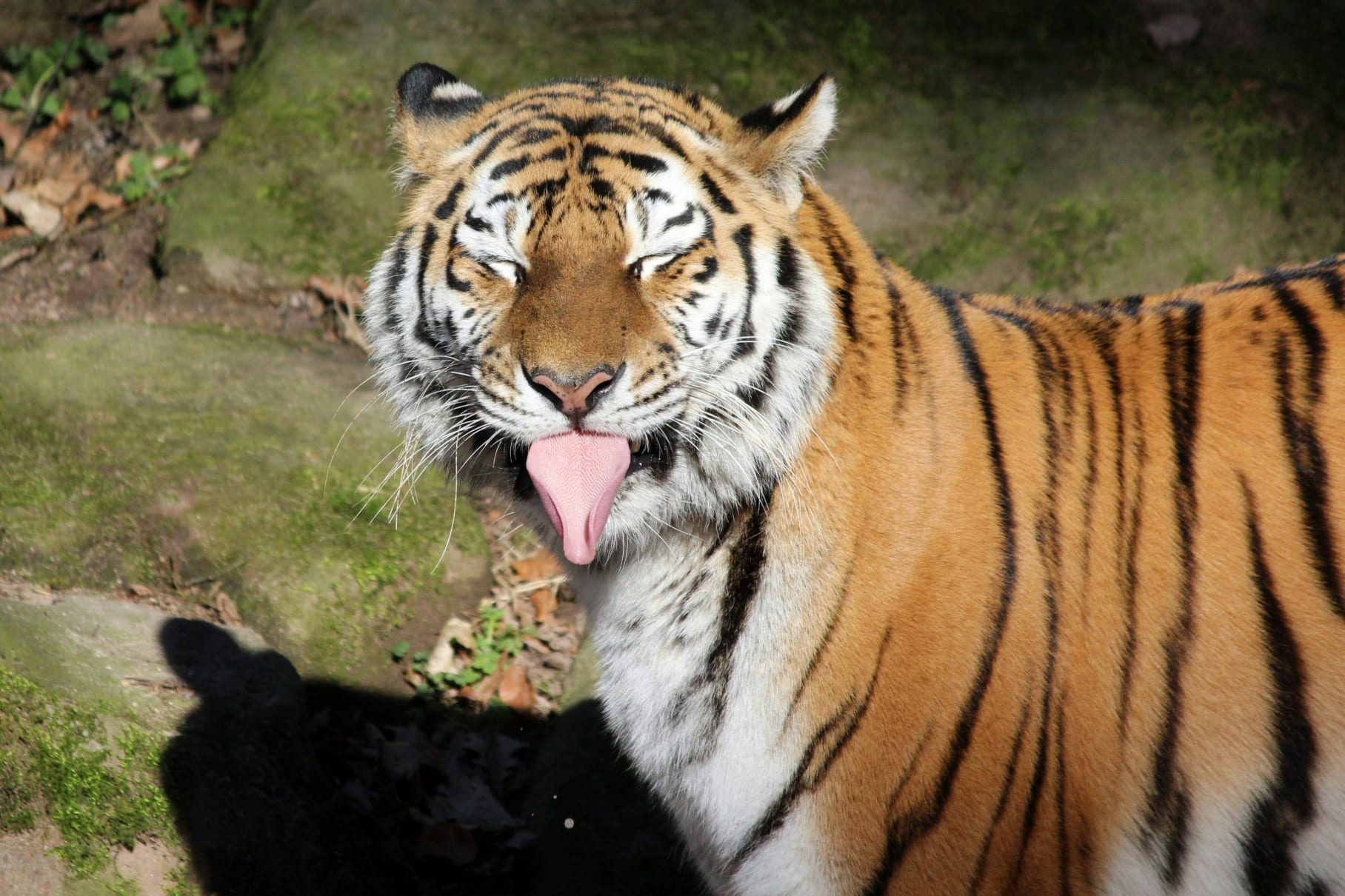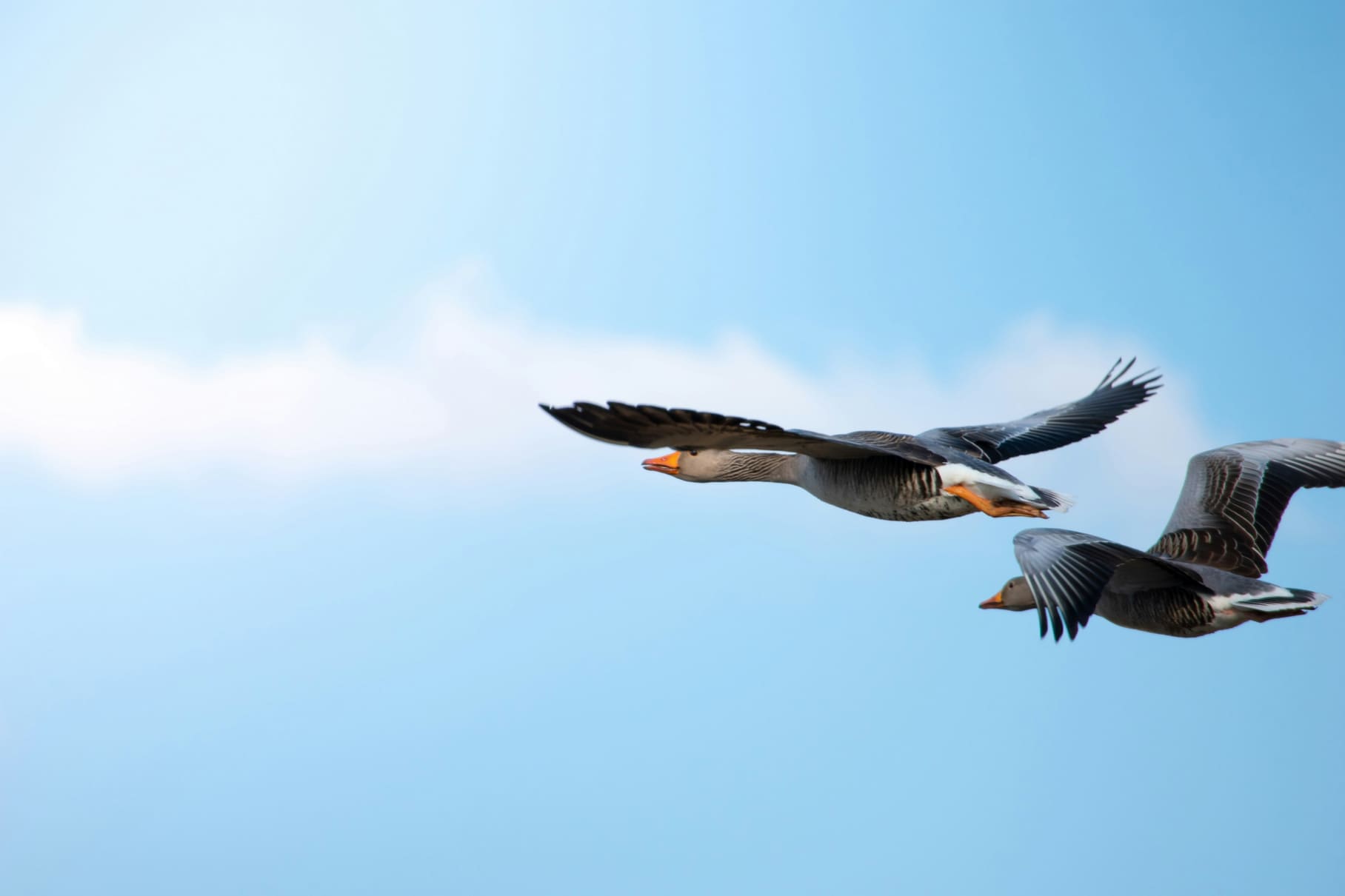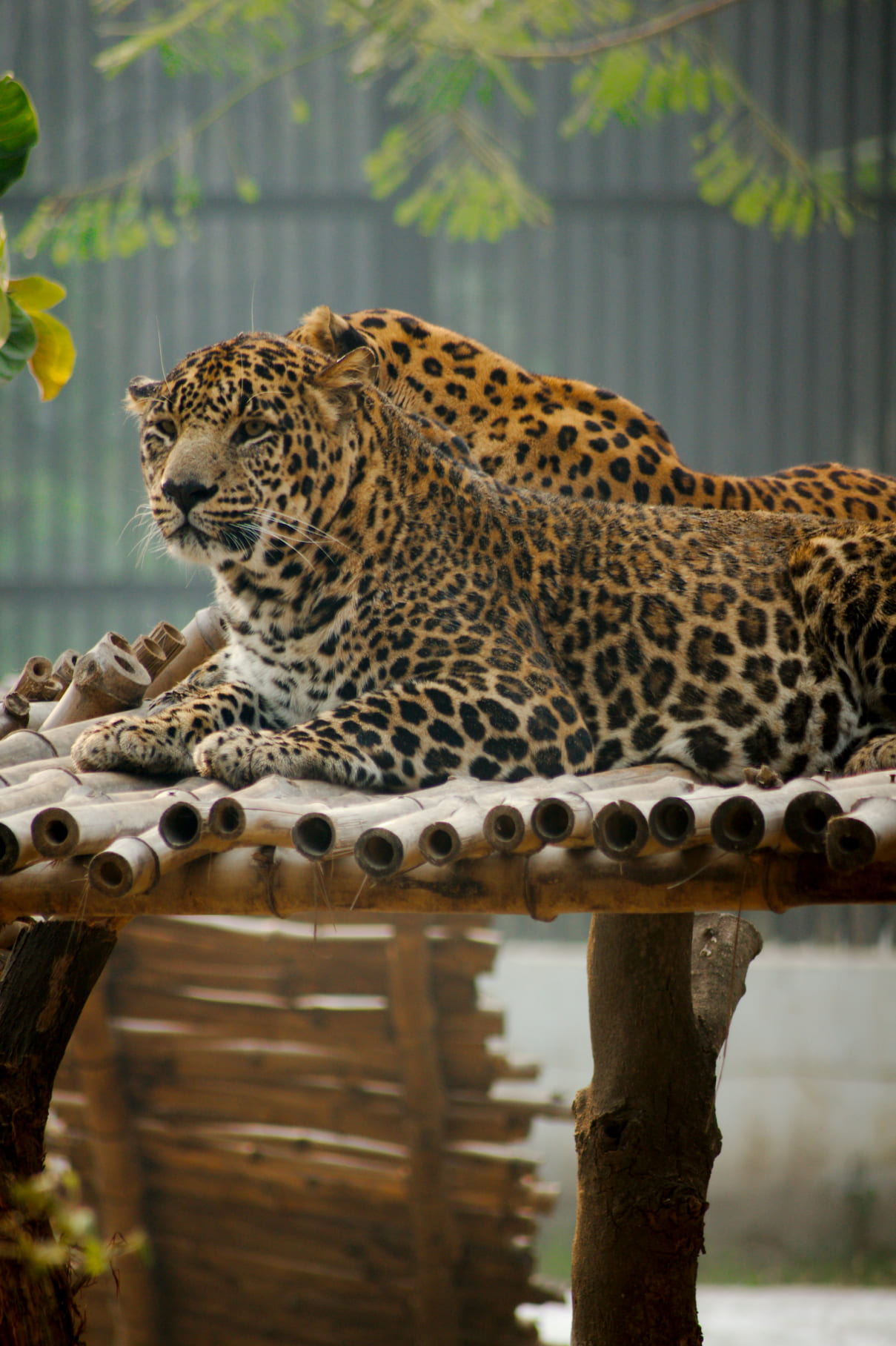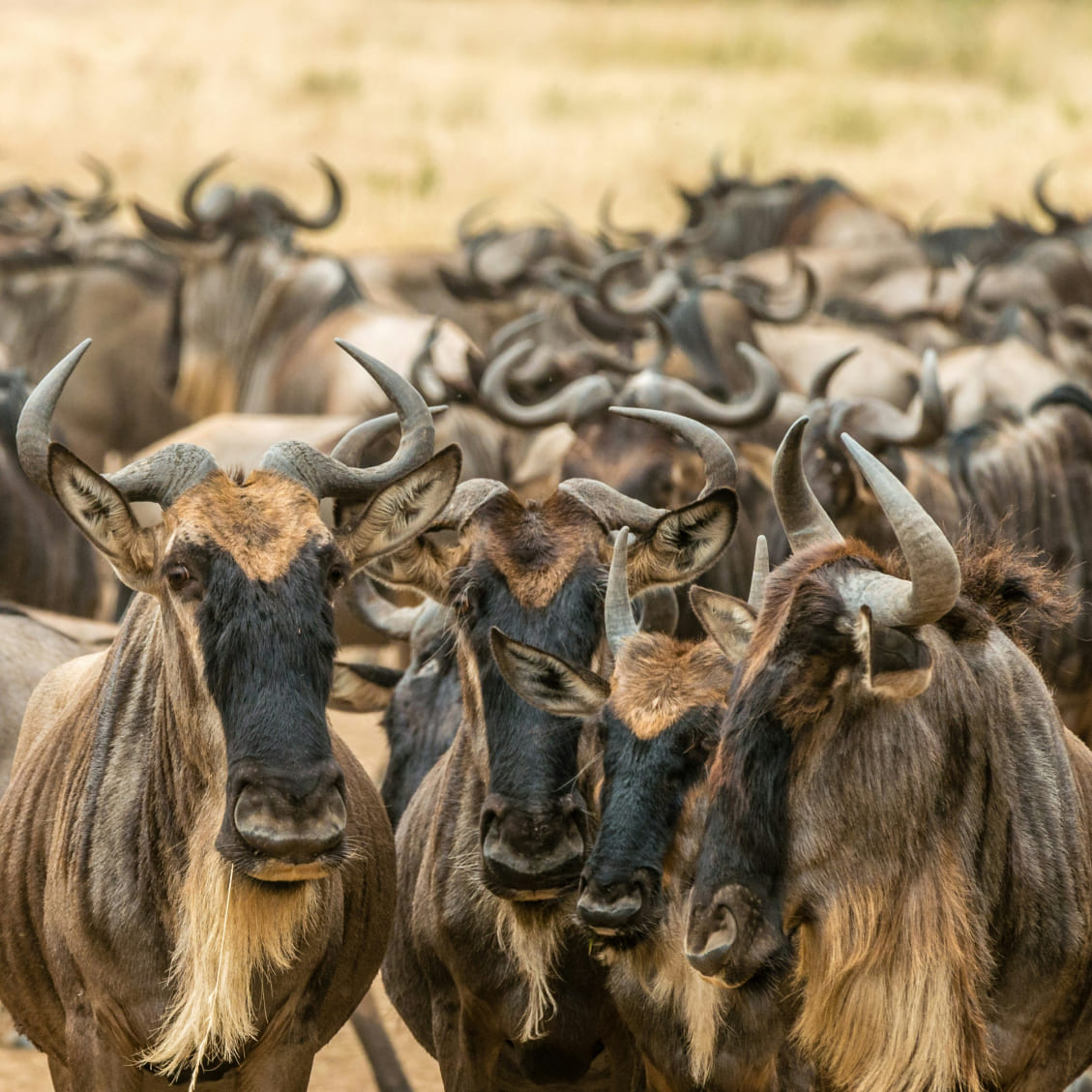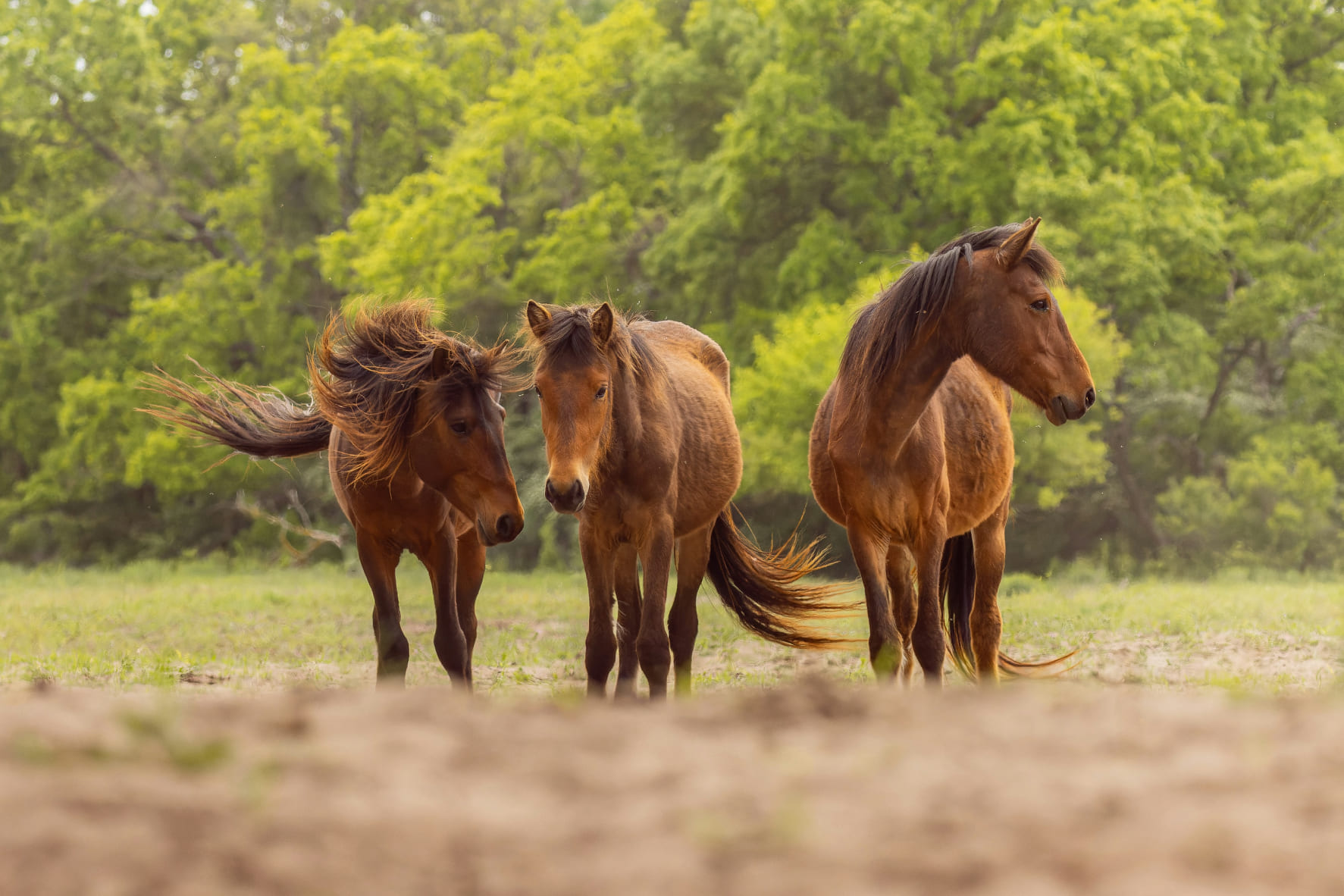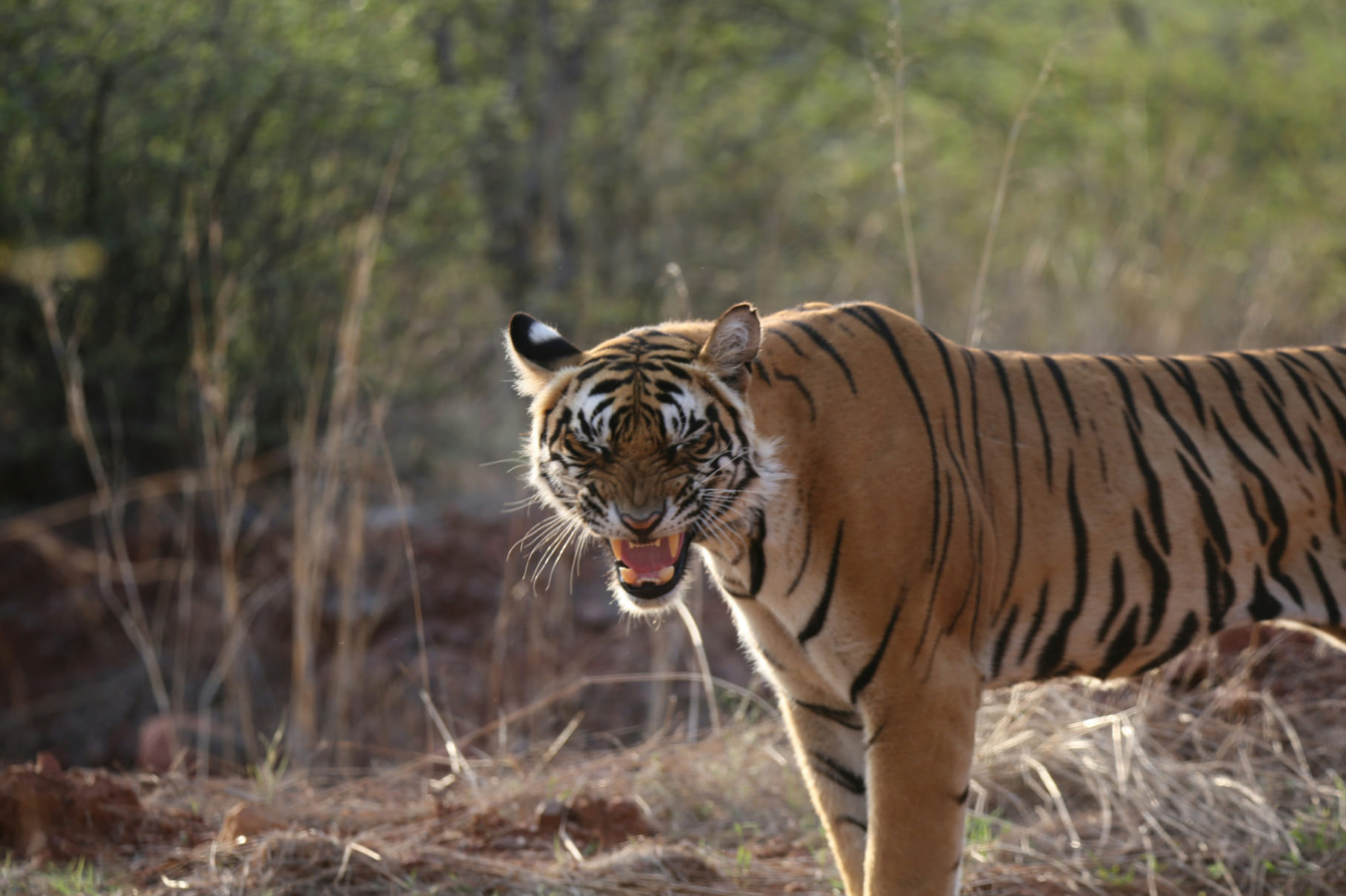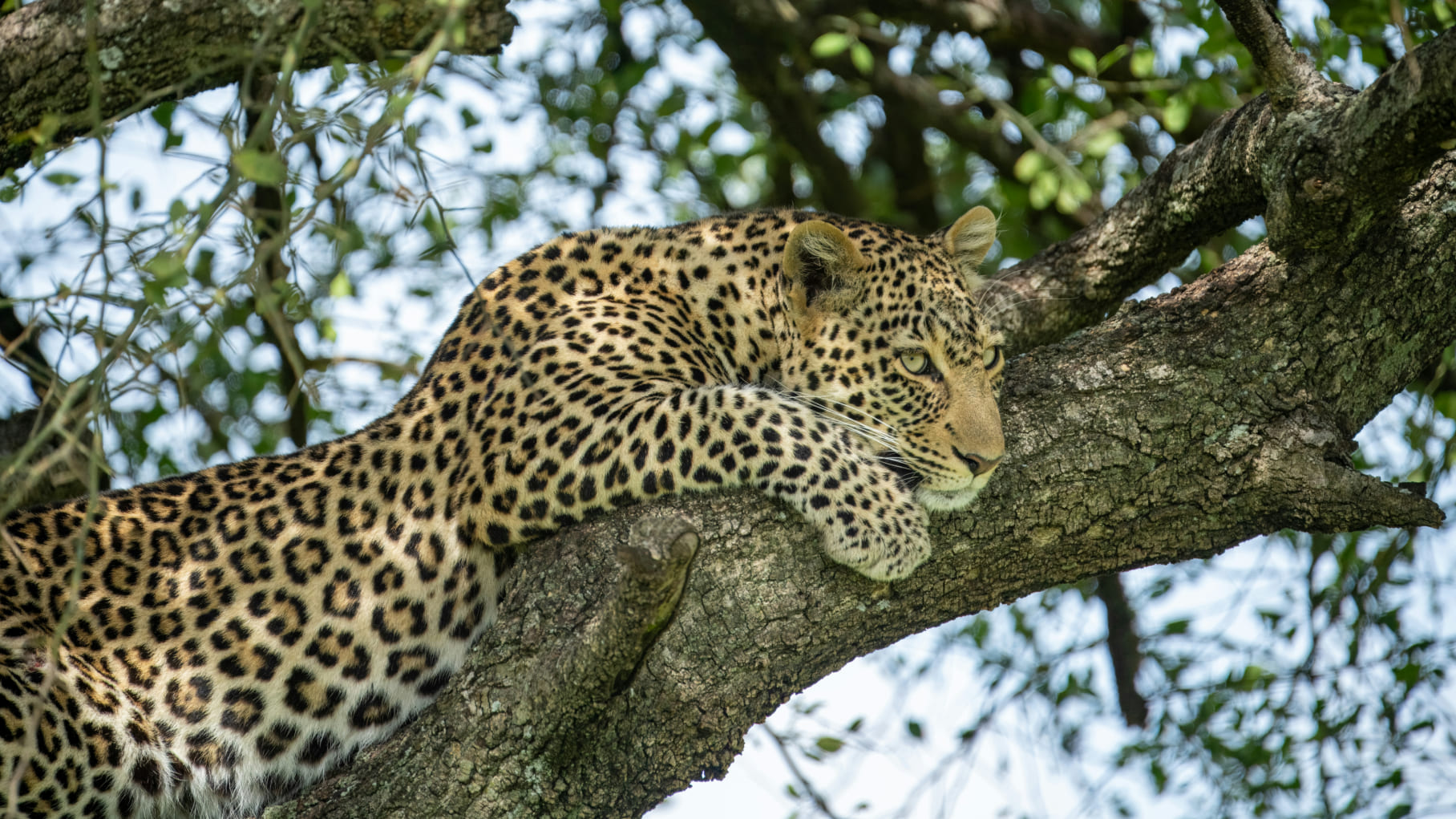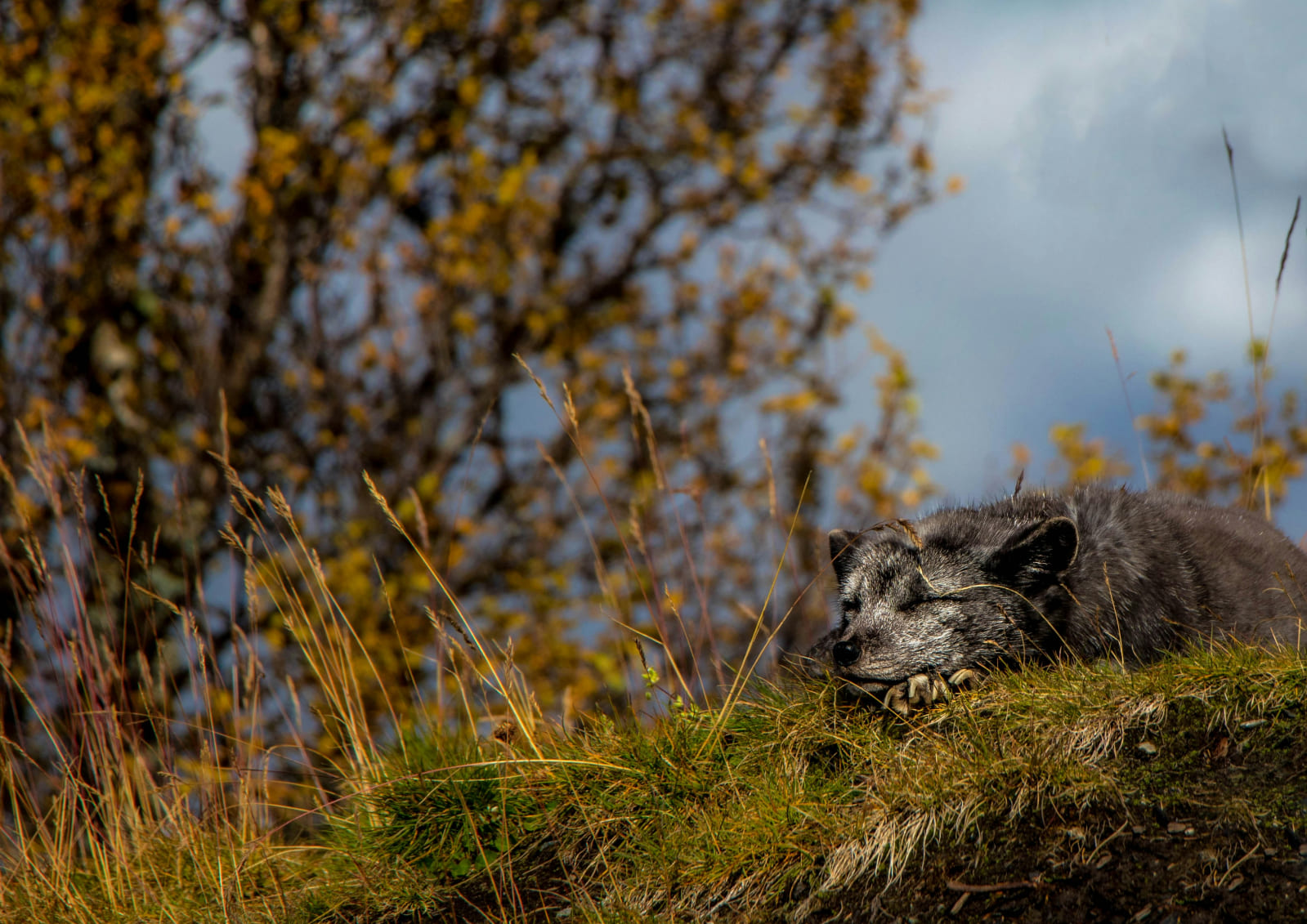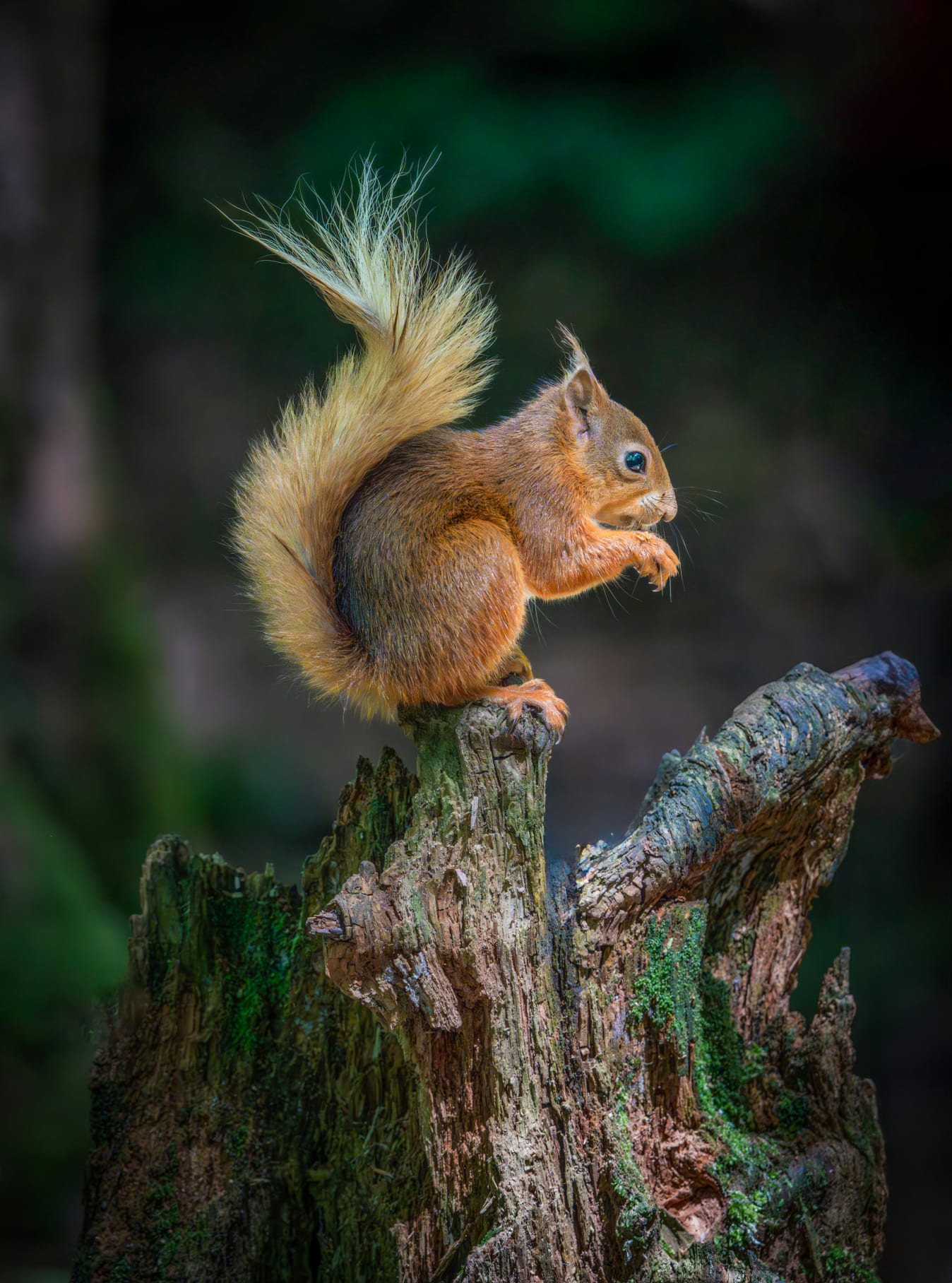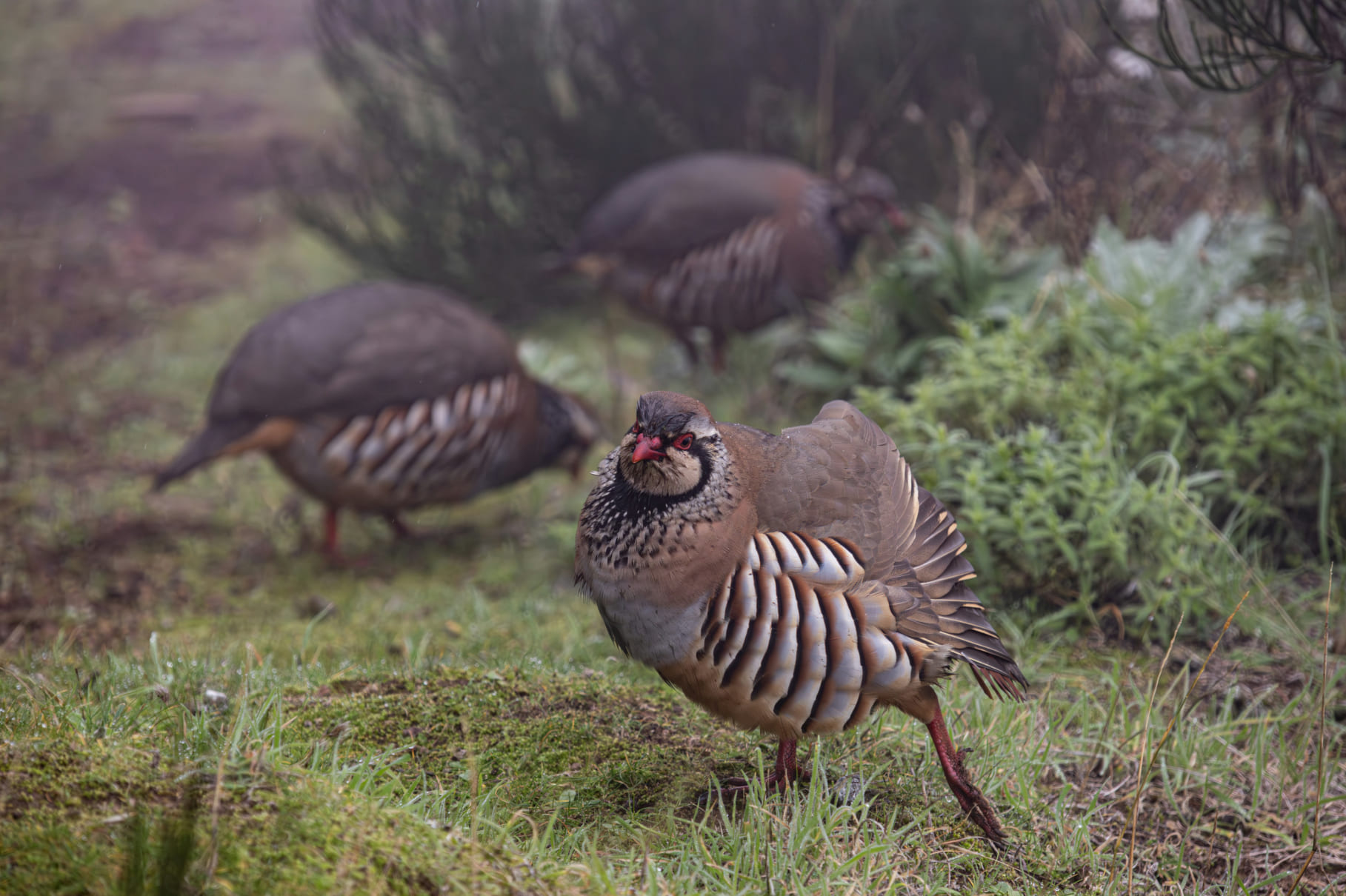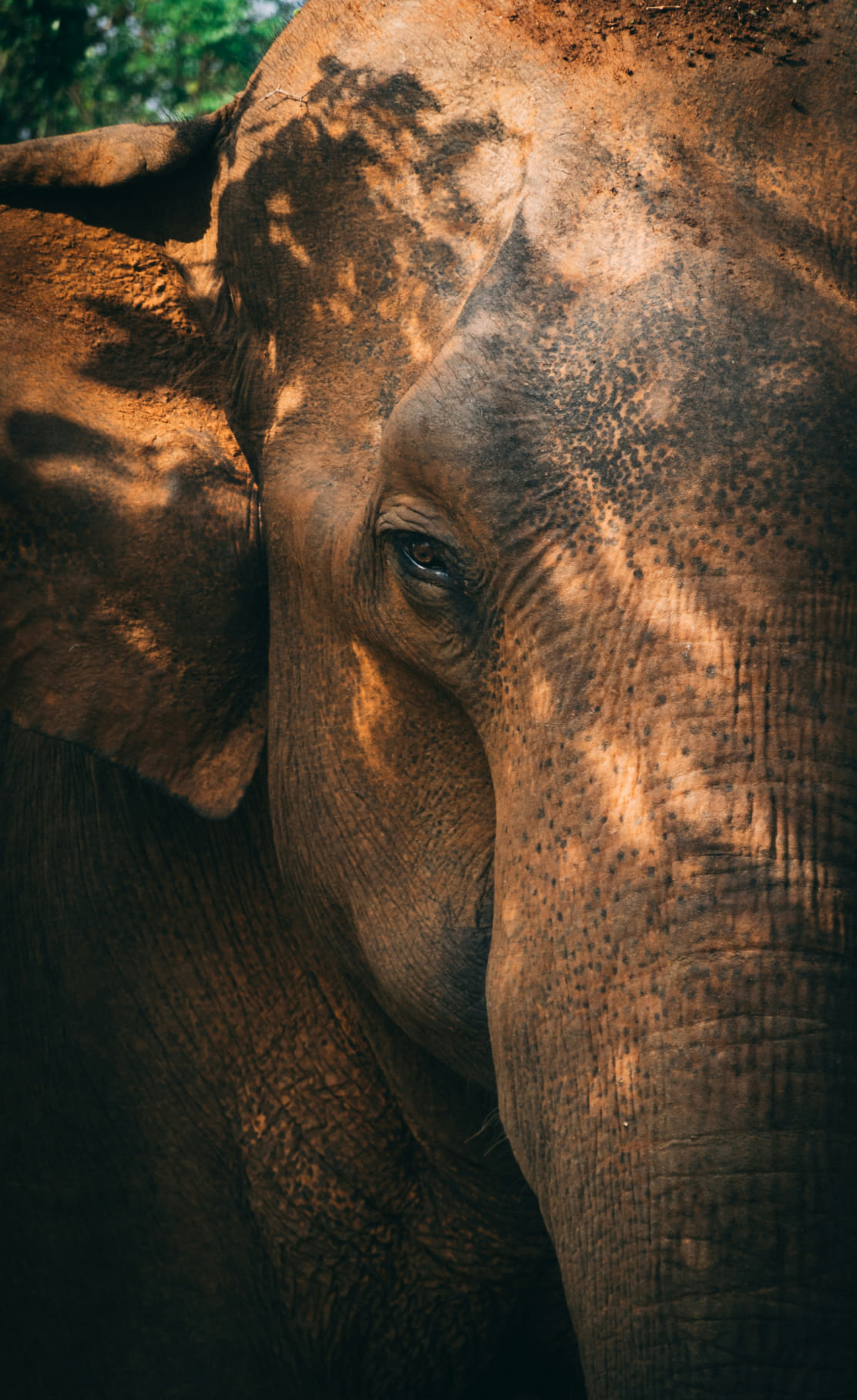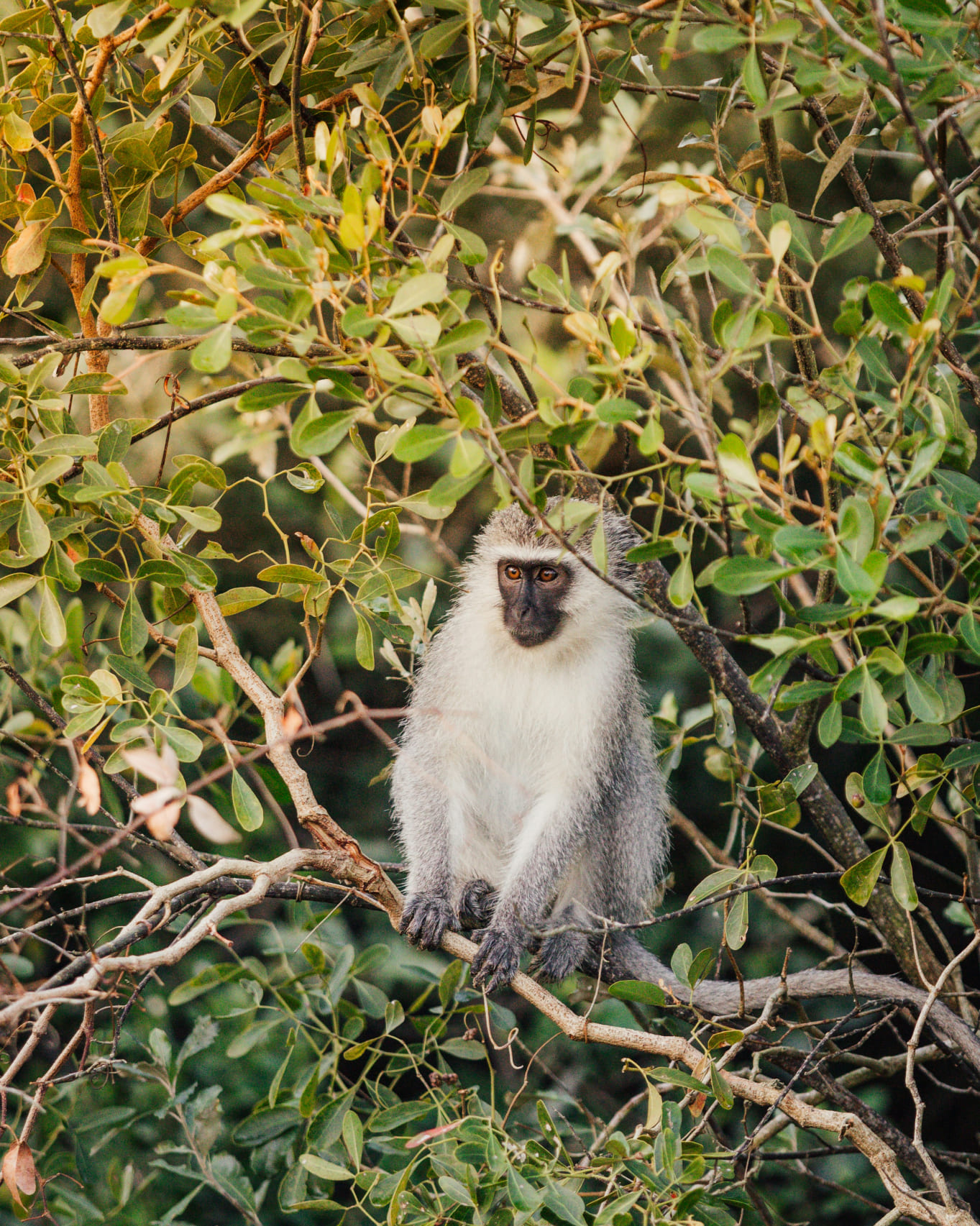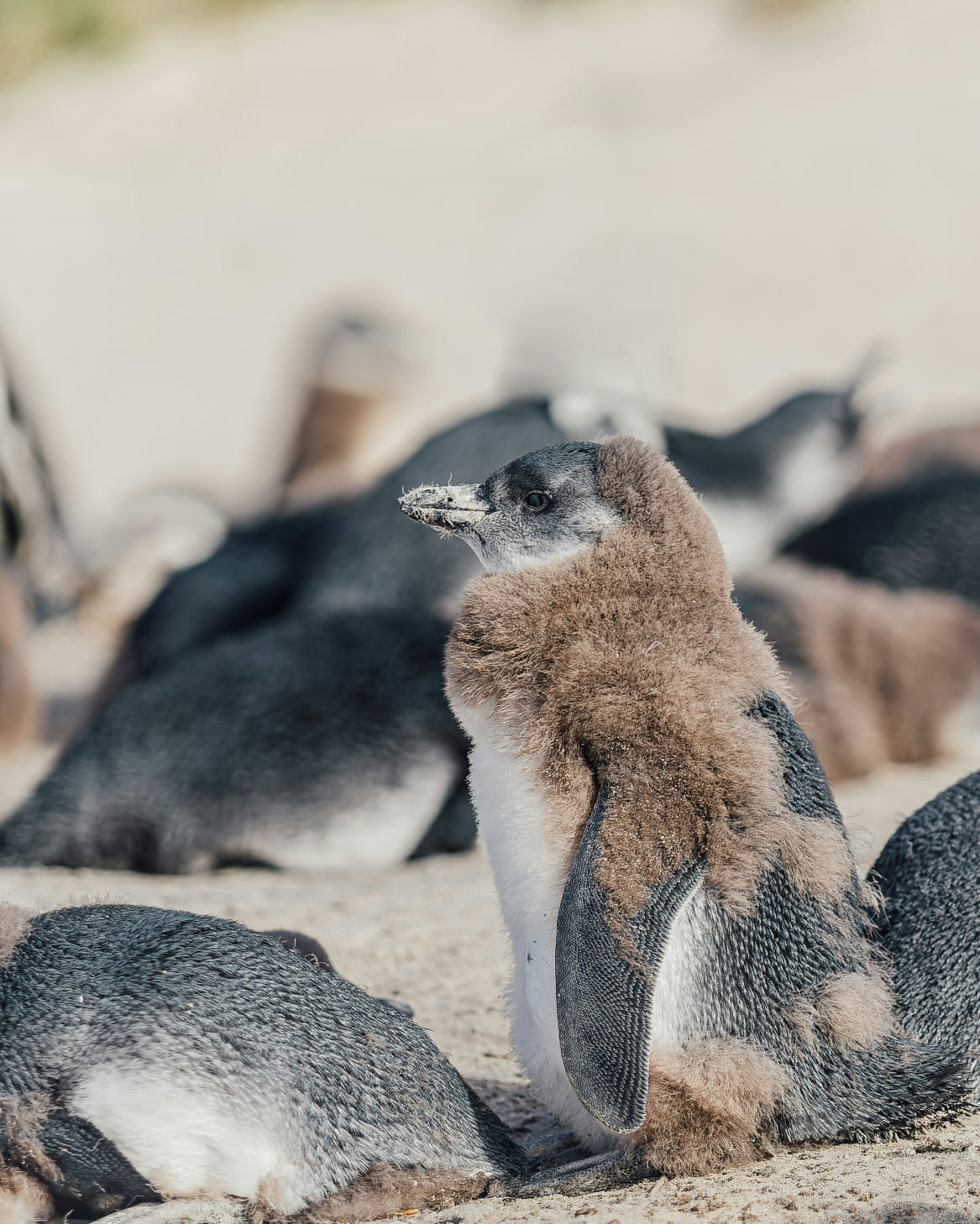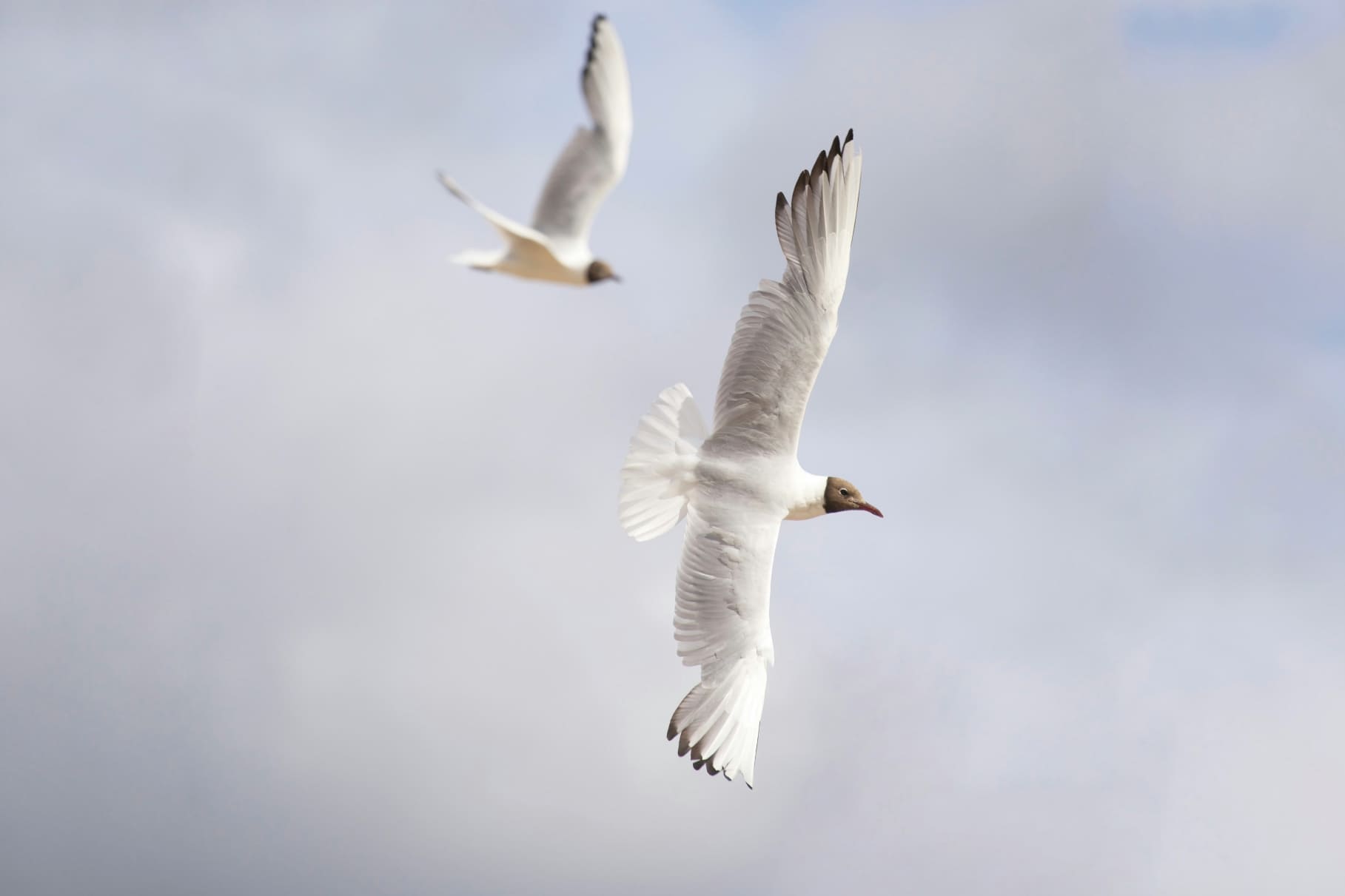
The Role of Zoos for Animals: Conservation, Education, and Care
Modern zoos have evolved far beyond being mere attractions; they are now centers for wildlife conservation, education, and research. For many endangered species, zoos play a critical role in ensuring their survival.Zoos actively participate in breeding programs to protect species at risk of extinction. These programs, known as Species Survival Plans, aim to maintain genetic diversity and create stable populations for future reintroduction into the wild. For example, the Amur tiger, giant panda, and California condor are just a few species whose numbers have been bolstered through zoo efforts.
